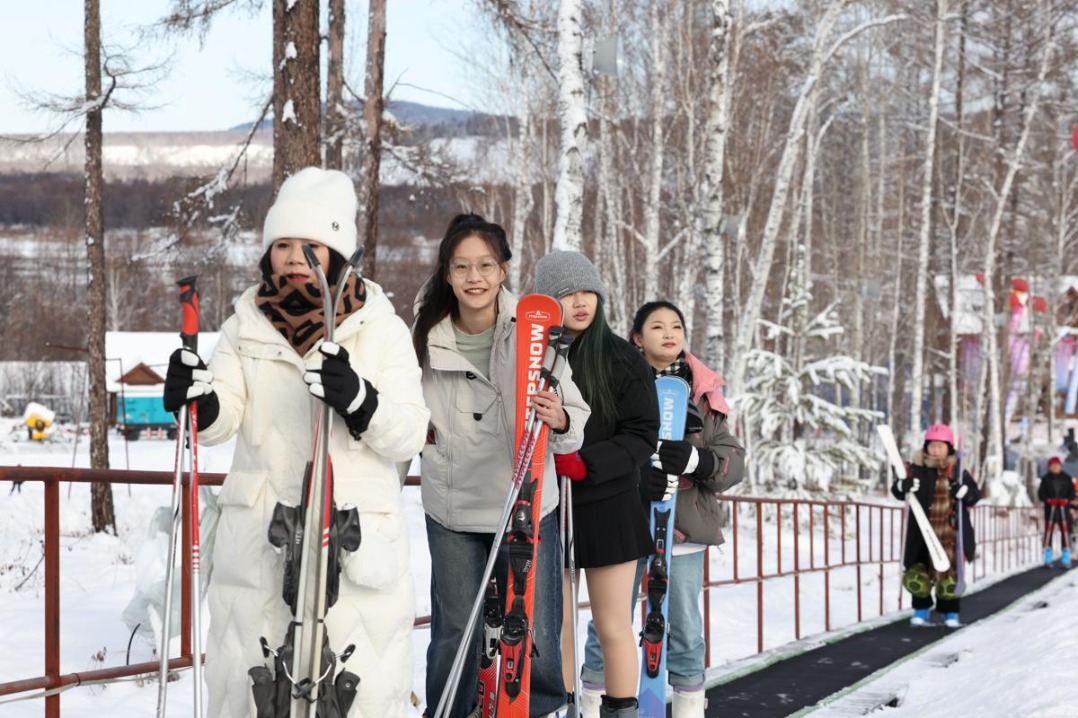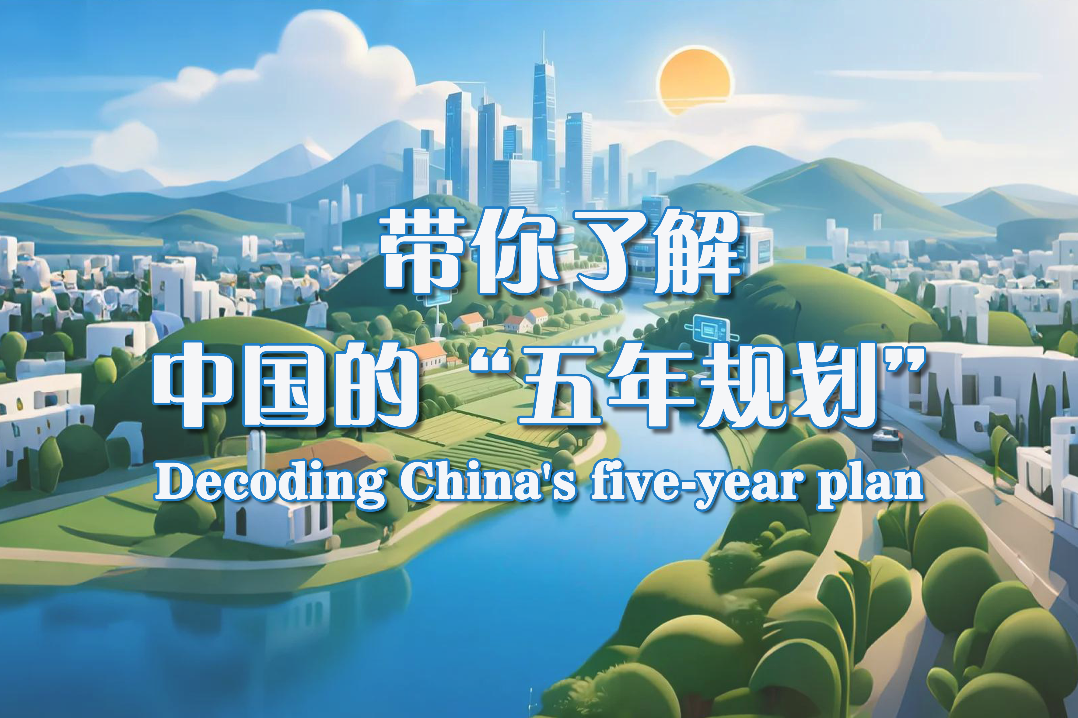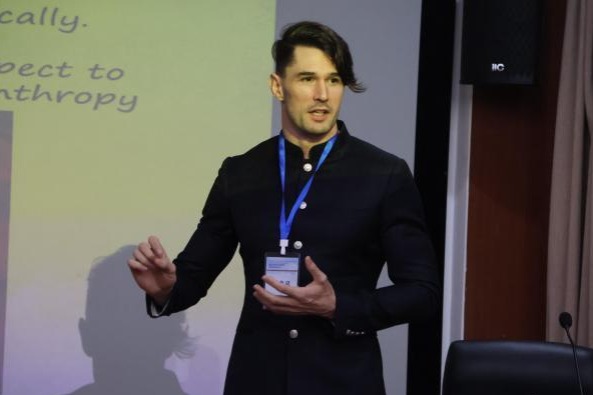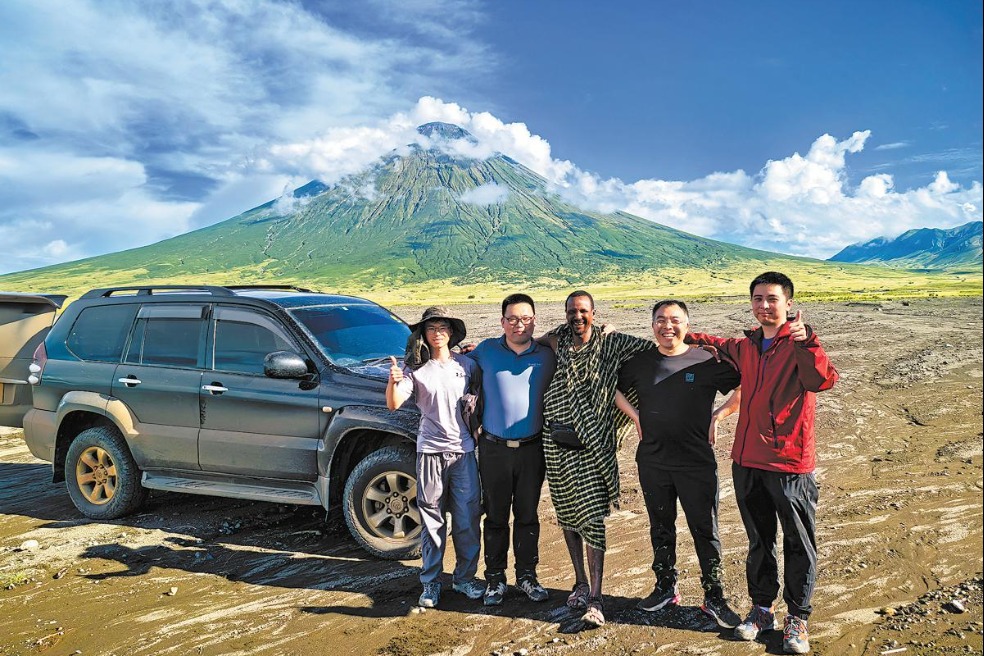Academic journal promotes Hongshan culture

The academic journal Research on Hongshan Culture was officially launched on Sunday in Shenyang, Liaoning province, marking the creation of a long-term, systematic platform for academic exchange in the study of Hongshan culture.
The quarterly publication includes articles covering subjects such as new archaeological discoveries, material culture research, social and cultural studies, comparative civilization research, the history and methodology of scholarship and international perspectives.
The journal is chaired by Gu Yucai, president of the Chinese Society of Cultural Relics, with Bai Baoyu, director of the Liaoning Provincial Institute of Cultural Relics and Archaeology, serving as editor-in-chief. The editorial board includes renowned archaeological experts from China and abroad, including Jia Xiaobing, Pauline Sebillaud of France and Christian E.Peterson of Canada.
Hongshan culture is a significant component of the diverse and unified pattern of Chinese civilization, tracing back to the late Neolithic period. Its exquisite jade artifacts, large-scale stone tombs and goddess temples demonstrate the highly developed civilization of the time, pushing the origins of Chinese civilization further back in history and providing crucial physical evidence for exploring the origins, formation and development of Chinese civilization.
For a long time, however, research findings on Hongshan culture have been scattered, lacking a centralized platform for comprehensive presentation and in-depth exchange.
"The core mission of the journal's establishment is to inherit the roots of Hongshan civilization based on scholarship, to solve the mysteries of civilization development with innovation as the key, and to build a platform for international exchange through openness as the path," Gu said. "We hope the journal will become a bridge connecting archaeological excavation sites with academic research, a magnetic field gathering the wisdom of scholars from different generations, and a window showcasing the long history and brilliant achievements of Chinese civilization to the world."
As archaeological findings related to Hongshan culture continue to emerge, international academic attention has steadily increased, with more overseas scholars engaging in research and discussion.
At the first International Communication Conference on Hongshan Culture and "Vision China" held in June in Chaoyang, Liaoning province, Peterson, a professor of anthropology at the University of Hawaii at Manoa, said Hongshan society thrived for centuries with stability rooted in ritual organization and represented "a flavor of complexity unlike other natural experiments of prehistory that are known worldwide".
"For much of the 40 years since the discovery of Hongshan period archaeological remains, the majority of scholars have focused not on various aspects of Hongshan daily life, but instead on the monumental ritual expressions of Hongshan society. Hongshan society was long-lived, highly stable, and its social organization had a strongly ritual basis," Peterson said.
"Only modest prestige and even less productive differentiation is represented, and no evidence of wealth accumulation is present at all," he added.
At the same conference, Sinologist Elizabeth Childs-Johnson from the United States discussed what she called the five quintessential gifts of Hongshan culture, offering compelling evidence of its pivotal role in the origins of Chinese civilization.
"One of these gifts is the art of sculpting the human figure, represented by the fertility icon," she said. "The second gift — Hongshan is the earliest culture to work jade, a symbol of power and wealth. The third gift is the creation of monumental stone burial mounds and altars. The fourth is the elite — mostly male — stone slab burials with exclusively jade works of art. And the fifth is the isolation of the ceremonial centers, which were separated from residential settlements, indicating Hongshan was a theocratic culture.
"These are significant gifts of Hongshan culture and evidence of its role in the foundation and origin of Chinese civilization," she added.
Chu Tianyun, vice-governor of Liaoning, said the journal's establishment will serve as a stronghold for systematic research on Hongshan culture and an important means of spreading its vitality.
"We will fully support the development of the journal, leveraging the unique resource advantages of Hongshan culture to deepen cross-regional and cross-disciplinary research cooperation, allowing Hongshan civilization to shine anew in the new era," Chu said.





































